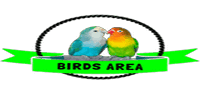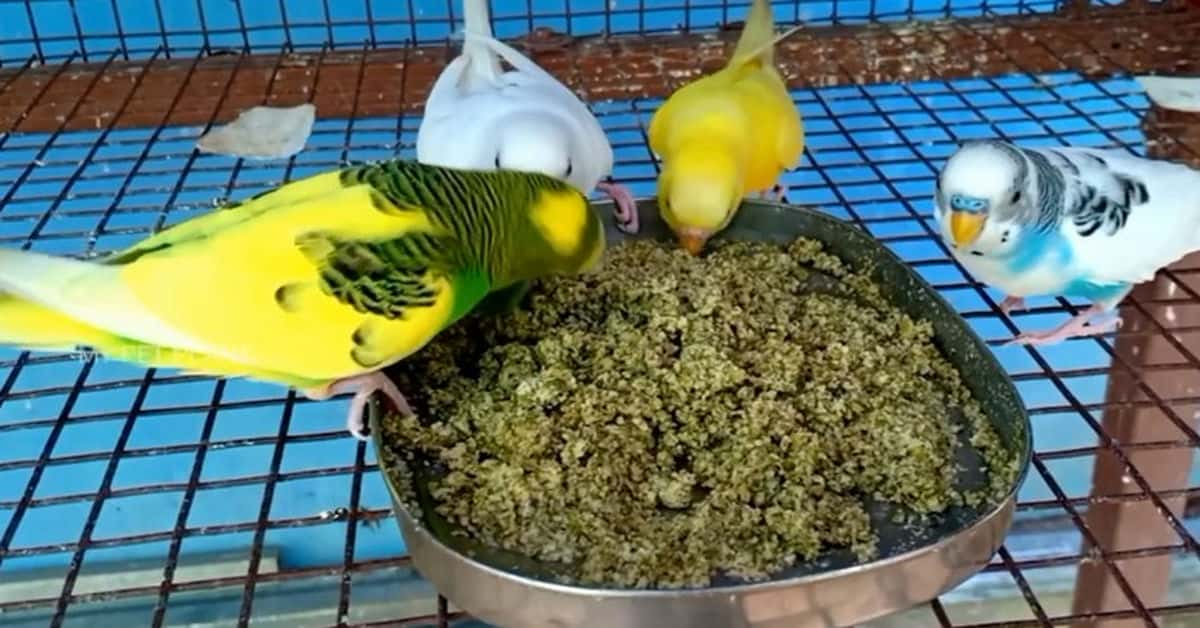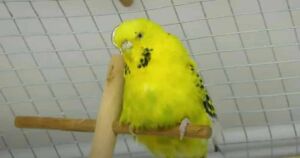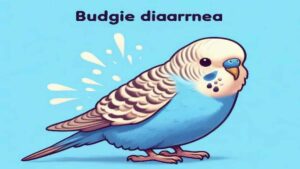How Do Budgies Get Calcium?
Budgies, also known as parakeets, need calcium for strong bones, healthy beaks, and to lay eggs. They get calcium from their diet.
You can give them calcium-rich foods like seeds, leafy greens, and cuttlebone. Without enough calcium, budgies can get sick.
Luckily, this blog will explain the best ways to ensure your budgie stays healthy and strong. Let’s get into the details!
Why Do Budgies Need Calcium?
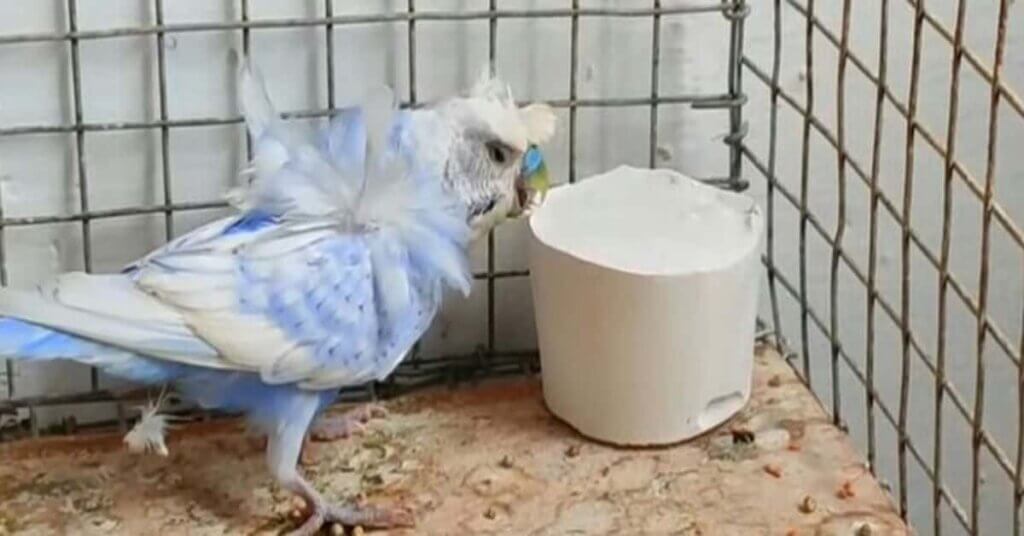
Budgies need calcium because it is essential for their overall health and development.
Here’s why it’s so important:
- Strong Bones: Calcium helps build and maintain strong bones. Budgies have small, delicate bones that must be sturdy for flying and daily activities. Without enough calcium, their bones can become weak and prone to fractures.
- Healthy Beak and Nails: A budgie’s beak and nails constantly grow. Calcium is necessary to keep them strong and healthy. A lack of calcium can lead to brittle, overgrown beaks and nails that can cause health issues.
- Egg-Laying: For female budgies, calcium is especially crucial. During egg-laying, their bodies use a lot of calcium to form the eggshells. If they don’t get enough calcium, they can suffer from conditions like egg-binding, where they cannot pass the egg, which can be life-threatening.
- Nervous System Function: Calcium also plays a role in the proper functioning of the nervous system. It helps with muscle contractions and ensures budgies can move and fly smoothly.
- Preventing Health Issues: Calcium deficiency can lead to serious health problems like weak bones, poor feather condition, a soft beak, muscle tremors, and even seizures.
Providing your budgie with a consistent source of calcium is vital for keeping them healthy, active, and happy.
Signs of Calcium Deficiency in Budgies
A calcium deficiency can be dangerous. Here are a few signs that your budgie might not be getting enough calcium:
- Soft or brittle bones
- Weak beak
- Lack of appetite
- Trouble flying
- Shaky legs
If you notice any of these symptoms, you must immediately boost your budgie’s calcium intake.
How Do Budgies Get Calcium?
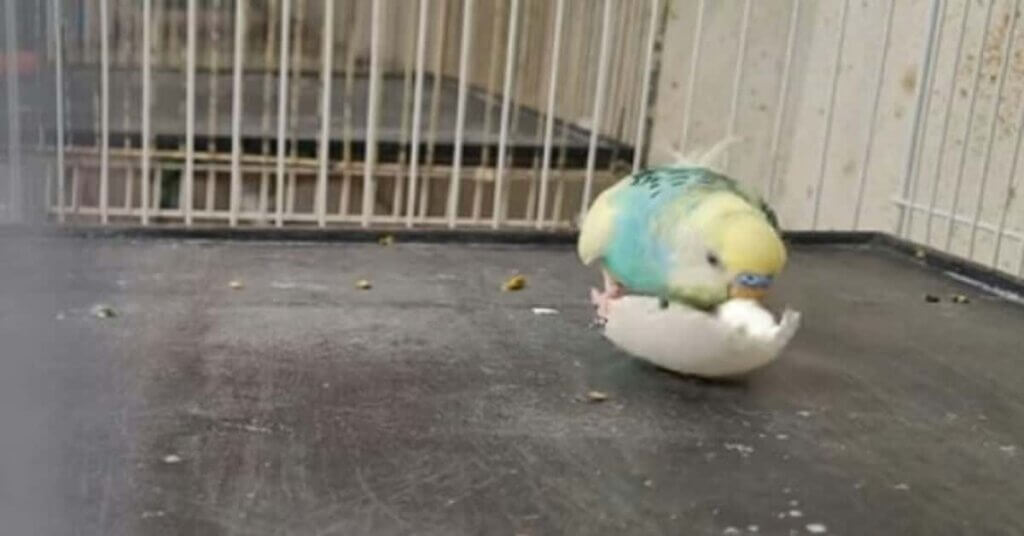
Budgies get calcium mainly through their diet. Let’s break down some of the best sources of calcium for your budgie.
1. Cuttlebone
Cuttlebone is a popular source of calcium for birds. It’s safe and natural. You can place a cuttlebone in your budgie’s cage. Budgies will nibble on it when they need calcium.
Tip: Place the cuttlebone in an easy-to-reach spot. Change the cuttlebone when it looks dirty or worn out, usually every 2-3 weeks.
2. Mineral Blocks
Mineral blocks are similar to cuttlebones. They are made of crushed minerals, including calcium. Budgies enjoy pecking at these blocks, which not only provides calcium but also keeps their beaks in shape.
3. Calcium-Rich Foods
Budgies can get calcium from the food they eat. Here are some foods that are great sources of calcium:
- Leafy greens: Kale, spinach, and broccoli are high in calcium.
- Fruits: Oranges and figs contain some calcium, too.
- Seeds: Sesame and chia seeds have a good amount of calcium.
Also read- Can budgies eat chia seeds?
You should add these foods to your budgie’s diet. However, feed them in moderation. Too much of any food can upset their tiny stomachs.
4. Eggshells
Yes, eggshells. They are full of calcium. You can boil an egg, crush the shell into tiny pieces, and offer it to your budgie. Make sure the eggshells are clean and free from bacteria.
5. Calcium Supplements
You can use calcium supplements if your budgie isn’t getting enough calcium from food. These come in liquid form and can be added to water or sprinkled over food. Before using supplements, it’s best to ask a vet for advice.
How Much Calcium Does a Budgie Need?
Budgies do not need a lot of calcium, but they do require a steady supply. If you’re feeding your budgie a balanced diet that includes seeds, greens, and occasional supplements, they should get enough calcium.
Experts say a budgie needs about 12-15 mg of calcium daily. However, a female budgie laying eggs might need more. Monitor your budgie’s health to see if they need an extra boost.
Tips for Providing Calcium
- Rotate the sources: Don’t rely on one source of calcium. Offer cuttlebone, mineral blocks, and calcium-rich foods.
- Watch for signs: Keep an eye on your budgie for signs of calcium deficiency.
- Ask a vet: If you’re unsure, consult a vet for the best calcium plan for your budgie.
Common Mistakes to Avoid
- Too much calcium: Giving too much calcium can harm your budgie. Stick to a balanced diet.
- Not changing the cuttlebone: A dirty cuttlebone can carry germs. Change it regularly.
- Ignoring symptoms: If your budgie shows signs of illness, seek help right away.
Can Budgies Overdose on Calcium?
Yes, too much calcium can cause problems. Excess calcium can lead to kidney issues in budgies. That’s why it’s crucial to provide just the right amount. Avoid giving supplements unless it’s vital.
Many bird experts recommend a varied diet for budgies. The best mix is seeds, veggies, and cuttlebone. According to some online forums, budgie owners found that their birds stayed healthier with regular access to cuttlebone and greens.
For more tips on feeding your budgie, visit budgie owner forums like talkbudgies. You can find many personal stories and advice from other budgie owners there.
How to Make Calcium for Birds at Home?
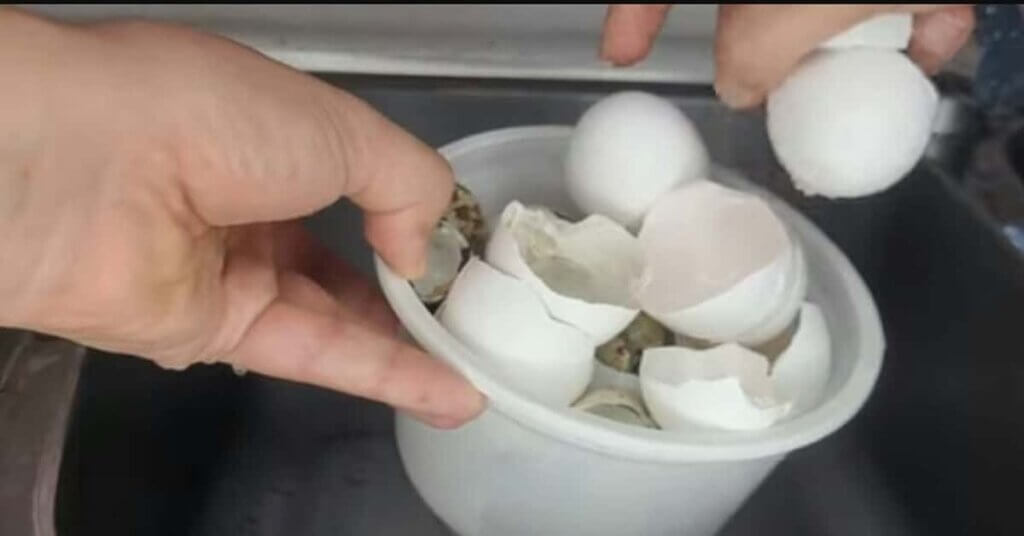
Providing homemade calcium for birds is simple and can be a great way to ensure they get the nutrients they need. Here are some easy steps to make calcium for your bird at home:
1. Eggshell Calcium Powder
Eggshells are a natural source of calcium that can be made into a powder for easy use.
What You’ll Need:
- Clean eggshells (2-3 eggs)
- Oven or stove
- Blender or grinder
Steps:
- Clean the eggshells: Rinse the eggshells under warm water to remove any residue. You can use your fingers to scrub off any remaining egg.
- Boil the eggshells: Boil the shells for around 5-10 minutes. This will kill any bacteria and make them safe for your bird.
- Dry the eggshells: Preheat your oven to around 200°F (93°C). Place the eggshells on a baking tray and bake them for 10-15 minutes until they’re dry and brittle.
- Grind into powder: Once dry, let the eggshells cool. Use a blender or grinder to turn the eggshells into a fine powder.
- Store and serve: Store the powder in an airtight container. To boost your bird’s calcium intake, sprinkle a pinch of this powder over their food.
2. Homemade Cuttlebone Alternative
If you don’t have access to cuttlebone, you can create a similar calcium block at home.
What You’ll Need:
- Eggshell powder (as prepared above)
- Flour (a binding agent)
- Water
Steps:
- Mix ingredients: Mix the eggshell powder with a little flour in a bowl. Slowly add water to make a dough-like paste.
- Shape the block: Shape the mixture into small blocks or balls. You can use a mold or shape it by hand.
- Bake or air-dry: If baking, preheat your oven to around 200°F (93°C) and bake the blocks until they are firm and dry (about 20-30 minutes). Alternatively, you can air-dry them for a few days until hard.
- Serve: Place the calcium blocks in your bird’s cage once dry and solid. They can peck at it for a natural calcium boost.
3. Vegetable-Based Calcium Source
Incorporate calcium-rich vegetables and herbs into your bird’s diet.
Calcium-Rich Foods to Try:
- Kale: High in calcium and bird-friendly.
- Broccoli: Rich in calcium and other nutrients.
- Parsley and Spinach: Excellent sources, but serve in moderation as they can also contain oxalates, which inhibit calcium absorption if fed too much.
Chop these veggies finely and add them to your bird’s regular food for a nutritious boost.
4. Oyster Shell Powder
If available, crushed oyster shells are another great source of calcium. You can find oyster shell powder in most pet or farm supply stores. Sprinkle a little on your bird’s food as you would with the eggshell powder.
Using these simple homemade methods, you can ensure your bird gets the calcium it needs for strong bones and a healthy life. Continually monitor your bird’s calcium consumption and consult a vet if you have any concerns.
Frequently Asked Questions And Answers
How can I tell if my budgie has too much calcium?
Signs of calcium overdose in budgies include excessive thirst, frequent urination, and, in severe cases, kidney problems. Always provide a balanced diet and avoid overusing calcium supplements.
Can I use calcium powder for my budgie?
Yes, you can use calcium powder. However, they sprinkle a small amount on their food only occasionally. Too much can lead to health issues, so use it sparingly.
Do baby budgies need calcium?
Yes, baby budgies need calcium for proper growth and bone development. If you’re raising young budgies, ensure their diet includes calcium-rich foods and a cuttlebone in the cage.
Can I give my budgie milk for calcium?
No, milk is not suitable for budgies. They can’t digest it properly. Stick to cuttlebone, seeds, and greens for calcium.
Is spinach enough for my budgie’s calcium needs?
Spinach is a good source of calcium, but it’s not enough on its own. Offer other sources like Cuttlebone for a balanced intake.
Sum Up
Giving your budgie the right amount of calcium is key to keeping them healthy and happy. Use a mix of cuttlebone, mineral blocks, and calcium-rich foods, and only add supplements if necessary.
Watch for signs of calcium deficiency and act quickly if needed. Your budgie will thank you with bright eyes, a strong beak, and cheerful chirping!
By understanding how budgies get calcium and ensuring they have a variety of sources, you can help them stay healthy and strong. Keep their diet balanced and watch for any changes in their health to give them the best care possible.
Hey, if you found this helpful, why not share it? Let’s keep all budgies healthy and chipper.
Hello Dear, I'm Poli Kolymnia, owner of many birds (including budgies).
With a deep passion for these feathered companions, I'm here to share my expertise and extensive knowledge on birds care.
My articles cover essential topics like diet, housing, care, and health, providing practical tips to help you create a happy and thriving environment for your birds.
